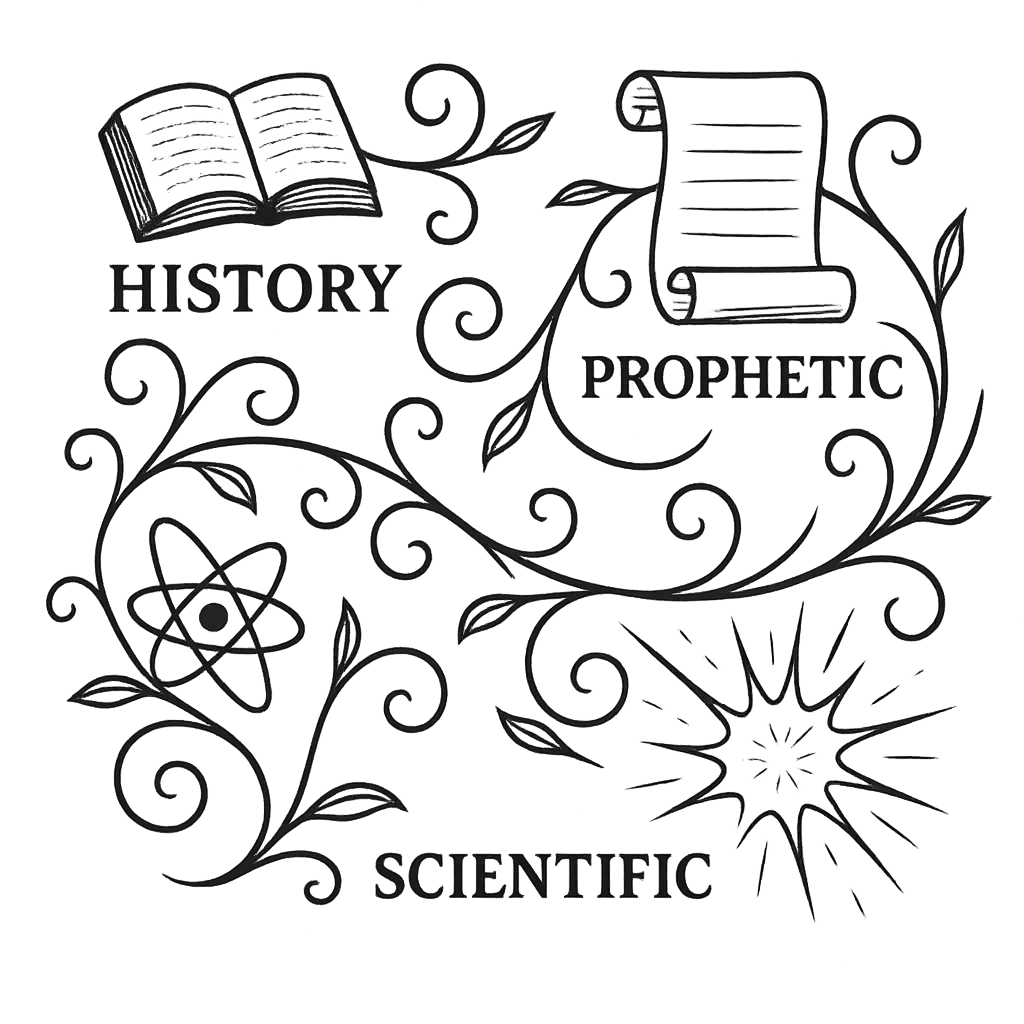Most people associate the phrase “virgin birth” with Christianity: the miraculous conception of Jesus, born of a young woman without a human father. To skeptics, that sounds like a leap of faith.
But what if I told you atheism has its own version of a virgin birth?
According to most atheistic or naturalistic worldviews, the universe — space, time, matter, and energy — came into existence unintentionally, out of nothing, for no reason, and without a cause. There was no guiding force, no purpose — just a cosmic accident that somehow gave us galaxies, physics, consciousness, and life.
That’s not just counterintuitive. It’s philosophically and scientifically baffling.
And the deeper we go into cosmology, the harder it becomes to explain the universe’s origin without appealing to something beyond nature itself. In fact, multiple lines of evidence confirm that the universe had a beginning — and that beginning was incredibly precise, finely tuned, and structured in a way that defies blind chance.
Christian apologist Frank Turek summarizes this evidence under the acronym S.U.R.G.E., each letter representing a powerful, independent indicator of a cosmic beginning:
- S – Second Law of Thermodynamics
- U – Universe is Expanding
- R – Radiation Afterglow (Cosmic Microwave Background Radiation)
- G – Great Galaxy Seeds (Large-Scale Structure)
- E – Einstein’s Theory of General Relativity
Each of these pillars stands on its own, and together, they converge to support the conclusion that the universe is not eternal, but had a definite beginning. You can explore each point in depth through the individual articles I’ve written on:
🔗 Second Law of Thermodynamics: Why Entropy Implies a Beginning
🔗 Radiation Afterglow: The Echo of a Begining
🔗 Galaxy Seeding: The Blueprint for a Habitable Cosmos
🔗 Einstein’s General Relativity: Time Had a Beginning
🎯 Cosmic Fine-Tuning: The More We Learn, the More It Looks Designed
Every year, discoveries in physics and cosmology continue to underscore just how precisely tuned the universe is for life. The strength of gravity, the mass of the proton, the speed of light, the entropy level at the Big Bang, all fall within infinitesimally narrow ranges that, if altered even slightly, would render the universe lifeless or non-functional.
At what point does this cosmic fine-tuning stop looking like coincidence and start looking like design?
Turek often says:
“Design requires a designer. You don’t get a finely tuned universe from blind physical forces.”
If we found a functioning watch in the desert, we wouldn’t assume wind and sand produced it. We would infer intelligence behind the design. Why should we make an exception when the universe is vastly more complex than a watch?
❓Which Requires More Faith?
So we’re left with a choice:
- Either the universe was caused by something beyond itself — timeless, immaterial, powerful, and intelligent…
- Or it somehow created itself, from nothing, with no mind, and just happened to get everything right.
The former sounds like theology. The latter sounds like magic.
As we explore the evidence, starting with entropy and the Second Law, ask yourself: Does naturalism truly offer the most rational explanation? Or have we overlooked the obvious because we were told science and design don’t mix?
📚 References
- Frank Turek and Norman Geisler, I Don’t Have Enough Faith to Be an Atheist (Crossway, 2004) — outlines the S.U.R.G.E. acronym and argues that the beginning of the universe strongly supports a theistic worldview.
- Roger Penrose, The Emperor’s New Mind (Oxford University Press, 1989) — calculates the odds of the early universe’s low-entropy state at 1 in 10^10^123, highlighting the extreme improbability of a random cosmic beginning.
- Stephen Hawking and Roger Penrose, Singularities of Gravitational Collapse and Cosmology (1970) — demonstrates that, under general relativity, space, time, and matter began together at a singular point.
- Lawrence Krauss, A Universe from Nothing (Free Press, 2012) — argues for a naturalistic explanation of the universe’s origin via quantum mechanics, though his definition of “nothing” includes quantum fields.
- Paul Davies, The Cosmic Blueprint (Templeton Foundation Press, 1988) — acknowledges that the structure of the universe gives a strong impression of design.
- Fred Hoyle, The Universe: Past and Present Reflections (1982) — famously stated that it seems “a super-intellect has monkeyed with physics,” referring to the uncanny fine-tuning of cosmic constants.
- Penzias and Wilson, A Measurement of Excess Antenna Temperature at 4080 Mc/s (1965) — discovered the cosmic microwave background radiation, confirming predictions of the Big Bang model.
- Edwin Hubble, A Relation Between Distance and Radial Velocity Among Extra-Galactic Nebulae (1929) — discovered the expanding universe, a foundational observation behind the Big Bang theory.

Leave a Reply